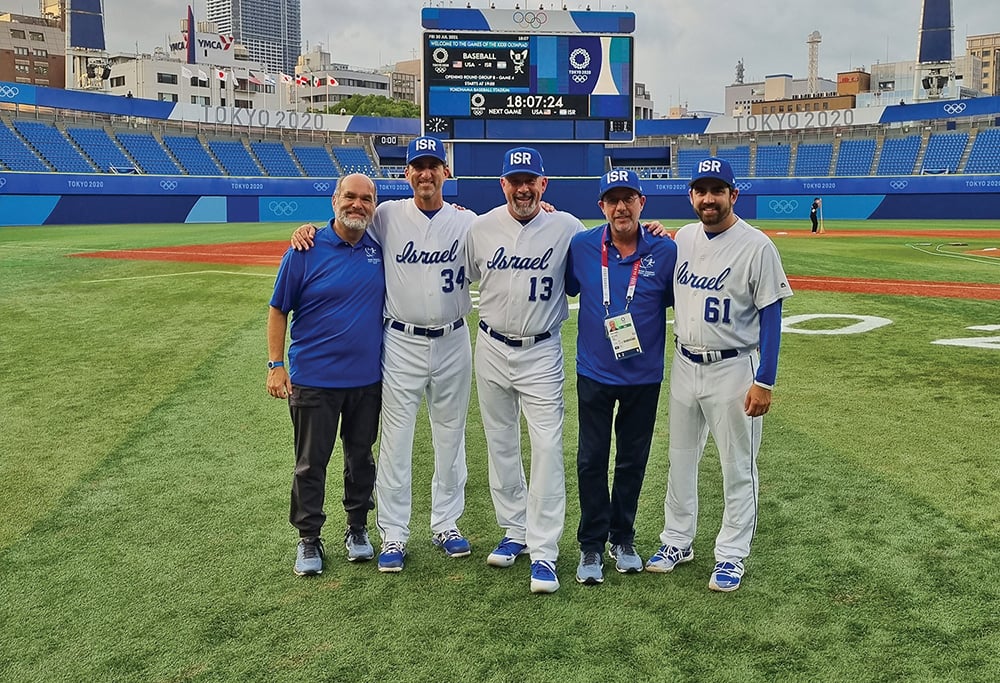The regular readers of this column will have noticed that I often end up relating stories or anecdotes about scientists or researchers whose work has been recognized by the receipt of the Nobel Prize. But of course not everyone gets one, even those who we might think are worthy of it. I imagine we could have a whole series of articles on the also-rans.
Today we address someone who I consider a worthy candidate for such a designation. Anthony Epstein was an upper-class Briton born in 1921 in London. He was educated at St. Paul’s School, was an undergraduate at Cambridge, and went to Middlesex Hospital Medical School. He became a pathologist, and joined the faculty at Middlesex Hospital in that department.
His research endeavors were focused on the study of cancer-causing viruses in chickens. This work was a follow-up to the work that Peyton Rous had initiated in 1911 with his discovery of the Rous sarcoma virus. (Rous did eventually receive the Nobel Prize for his discovery of this virus, the first virus discovered to cause cancer, albeit in chickens.) In March of 1961, a talk was given at Middlesex Hospital that was attended by Dr. Epstein in which Dr. Denis Burkitt, a noted surgeon who had spent many years in Uganda as a missionary surgeon, described his observation of large jaw tumors in tropical African regions in pediatric patients. These tumors were pathologically classified as lymphomas and came to be known as Burkitt lymphomas.
I am not sure why, but during the course of this lecture, Epstein became convinced that these tumors were also etiologically linked to a tumor-causing virus. Amazingly, almost immediately after this lecture, he dropped almost all of his ongoing projects and devoted himself and his laboratory to finding and isolating this virus, working together with his doctoral student, Yvonne Barr.
This did not happen quickly. He set up a collaboration with Burkitt—Burkitt sent biopsy samples from Uganda, but Epstein and Barr did not initially find virus particles in these specimens. They utilized electron microscopy to search the biopsy specimens for the telltale signs of virus particles. The breakthrough came when a biopsy shipment was delayed in transit due to fog. When this sample finally reached the laboratory, it was cloudy, usually a sign of bacterial or fungal contamination. But the scientists did not discard it, but examined it and found that the cloudiness was due to lymphoid cells that had been shaken loose from the biopsy and were floating in the fluid. They used these loose cells to create tumor cell lines in culture. When these cell lines were examined under an electron microscope, they showed the telltale signs of herpesvirus. This discovery was published in the Lancet in March 1964.
This virus, which bears the name of Epstein and Barr, is a member of the herpesvirus class (HHV-4) and it is estimated that almost 90% of the world population has been infected with it. While initially associated with Burkitt lymphoma, EBV is also associated with infectious mononucleosis, Hodgkin lymphoma, and a type of head and neck cancer that is endemic to parts of China. Its link to Burkitt lymphoma appears to be tied to malarial infections in the children, which cause susceptibility. The virus is passed in saliva and apparently is transmitted by deep kissing and shared food. Children up to 8 years of age in the U.S. have a prevalence of EBV infection of almost 50% while adolescents around 18-19 have a prevalence that is over 80%. Rates are higher in households of larger size, with lower household income, and where the parents were born outside the U.S. The prevalence rates also tend to be higher in countries outside of the U.S.
Yvonne Barr went on to get her PhD in 1966, and soon afterwards moved to Australia with her new husband. In Australia, she became a high school science teacher.
Interestingly, despite many years of effort, there has never been success in the development of a vaccine for EBV. Epstein passed away recently at the age of 102.
I would also be remiss if I did not point out that an astute reader pointed out that in a recent article, “Cheating in Research: The Case of Carlo Croce” (March 14, 2024) I referred to the gene BCL-2 and indicated that it is a tumor suppressor gene—in truth, depending on circumstances, it can be either an oncogene or a tumor suppressor gene. I don’t think this calls for retraction of my article but it does require a correction.
Alfred I. Neugut, MD, PhD, is a medical oncologist and cancer epidemiologist at Columbia University Irving Medical Center/New York Presbyterian and Mailman School of Public Health in New York. Email: [email protected].
This article is for educational purposes only and is not intended to be a substitute for professional medical advice, diagnosis, or treatment, and does not constitute medical or other professional advice. Always seek the advice of your qualified health provider with any questions you may have regarding a medical condition or treatment.











